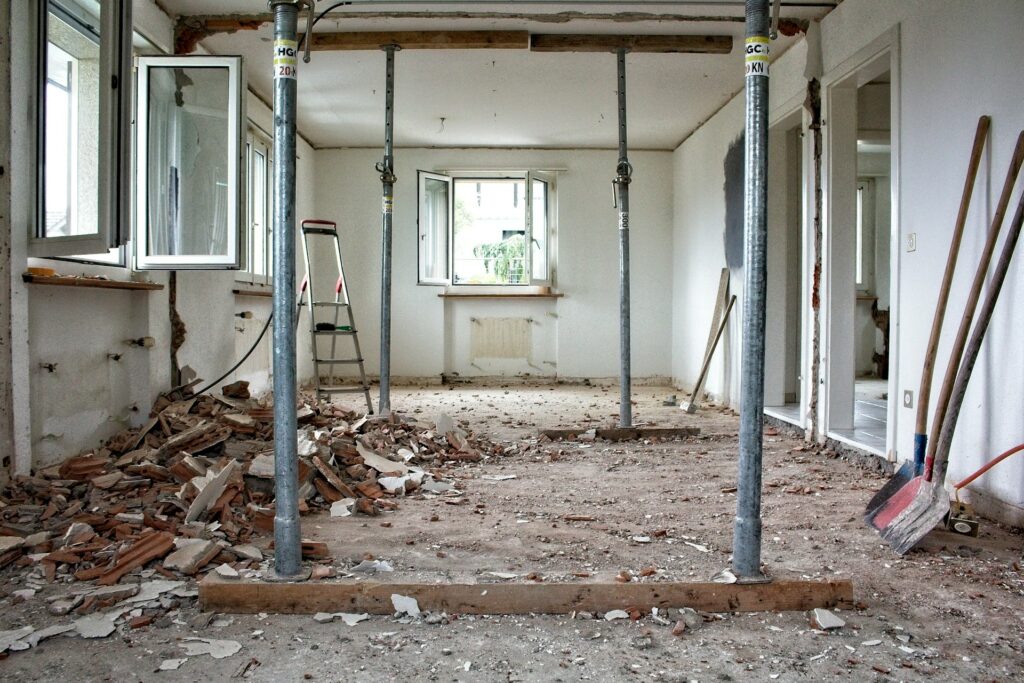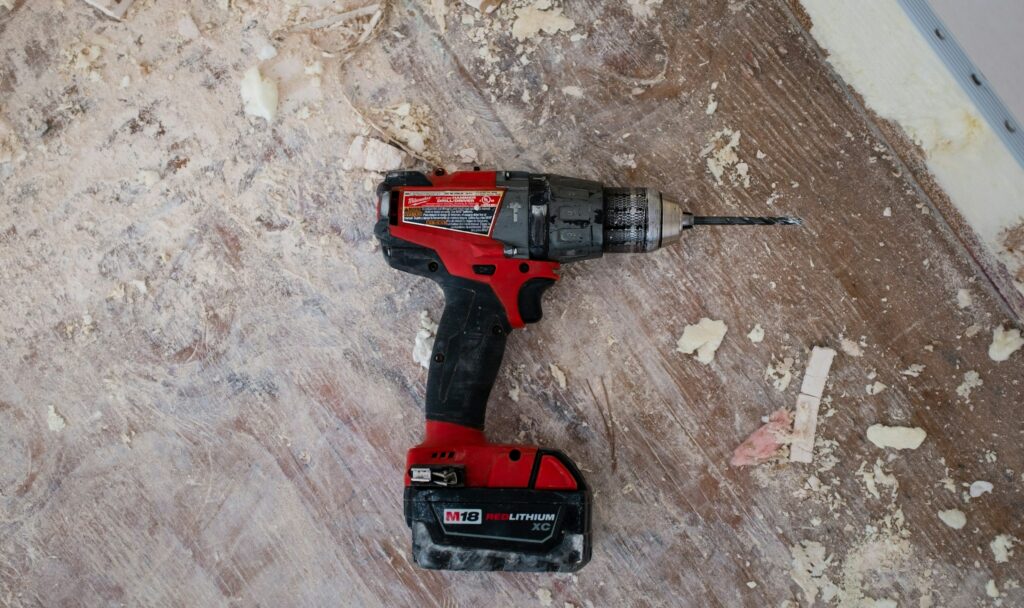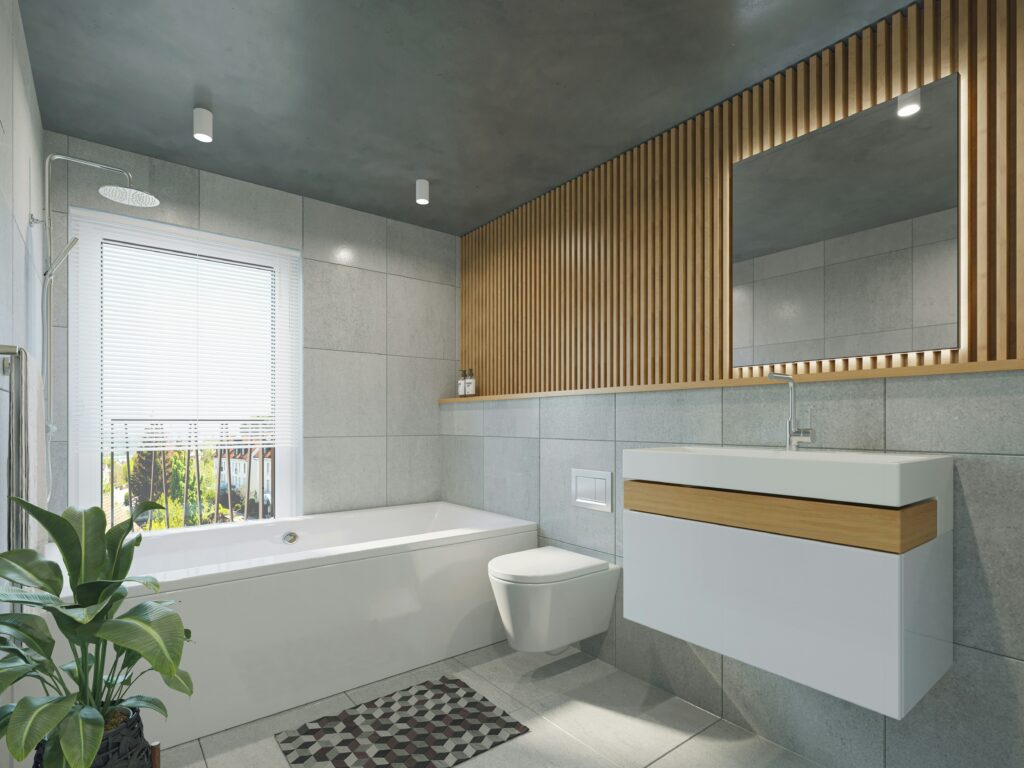If you are the managing agent of a residential block or development, or director of a share-of-freehold resident management company, the chances are that sooner or later you will have to deal with licence to alter. But you do not have to wait for a leaseholder to apply before thinking about how to respond. The best managed residential buildings are those with a building manual that sets out exactly what leaseholders can and cannot do, and ensures directors and agents know how to respond to applications.
Building Manuals
A building manual or leaseholder alterations manual is a policy document that sits outside the actual lease but offers guidance for directors when they are making their decision on whether or not to grant consent. For example, these might contain more detailed provisions concerning stacking arrangements (restrictions on wet areas over bedrooms etc). A good manual ensures leaseholders know what to do, so the licence process runs smoothly and there is no unnecessary confusion. It should be given to leaseholders when they buy their property – even before they buy as a supplement to the answers to their leasehold enquiries – and ideally should be concise enough that they will actually read it.
Better still, the manual can be complemented by a comprehensive procedure for the management of licence to alter. This goes beyond providing clarity about what is and is not permitted, to set out exactly how managing agents or directors should deal with licence requests.
For example, it can specify that they should ask the leaseholder to provide clear details of the works that they intend to carry out to their property, including three copies of the detailed specification and accompanying drawings. It can specify that building surveyors are brought in to consider any impact on any adjoining premises and other parts of the building. It is also a good idea to set out timings – in days or weeks rather than months – to ensure the landlord cannot be accused of unreasonably delaying or withholding consent.
The procedure can also specify requirements in terms of third party consents like building regulations or planning approval, as well as matters like insurance and inspections. And crucially, it can set out a communications strategy to ensure all stakeholders are kept informed throughout the process. The more these things are considered and planned for in advance, the smoother the process will be in practice.
And clearly, both the building manual and the licence process should be tailored to the particular needs and specifications of the building or development in question to ensure they are both relevant and exhaustive.
How we can help
The EK Licence to Alter team are ready to help property managers and landlords develop a licence to alter procedure tailor-made for their building. Please feel free to contact us on enquiries@licencetoalter.com.



